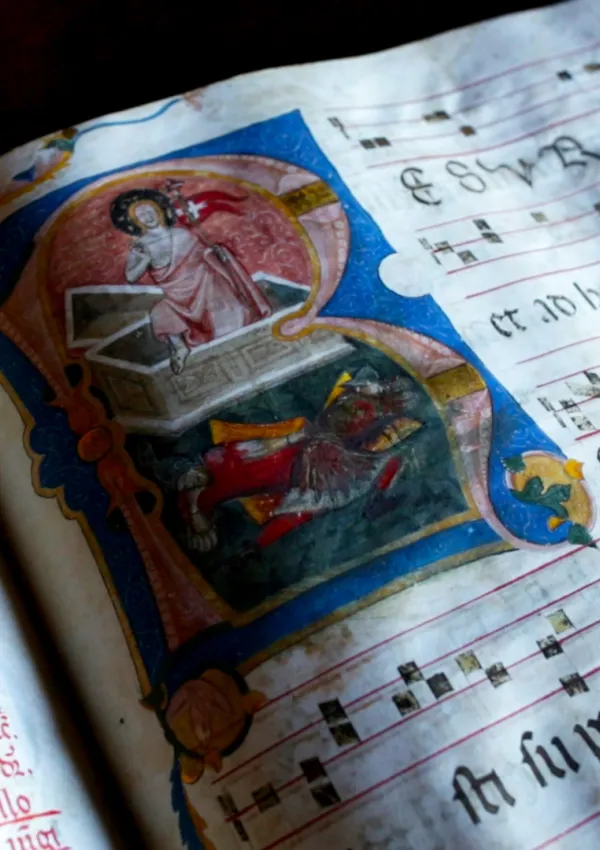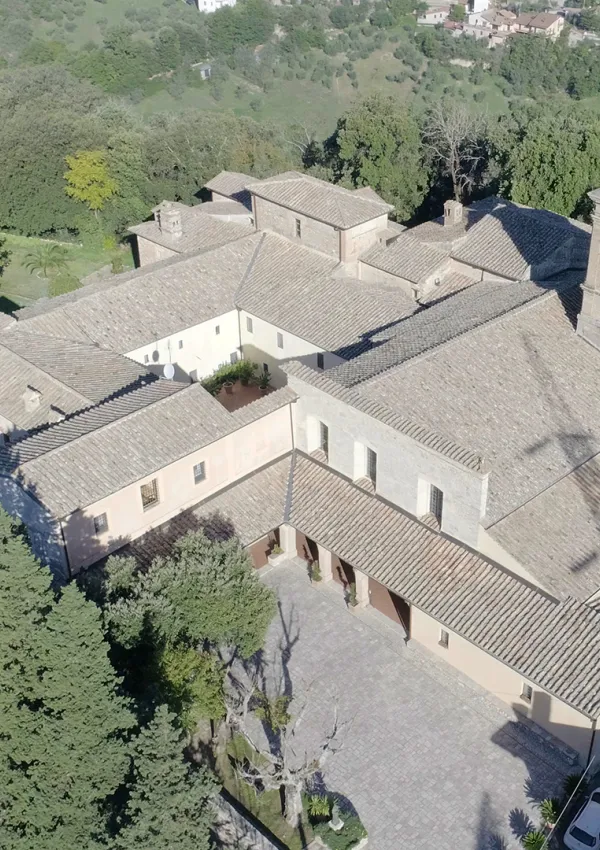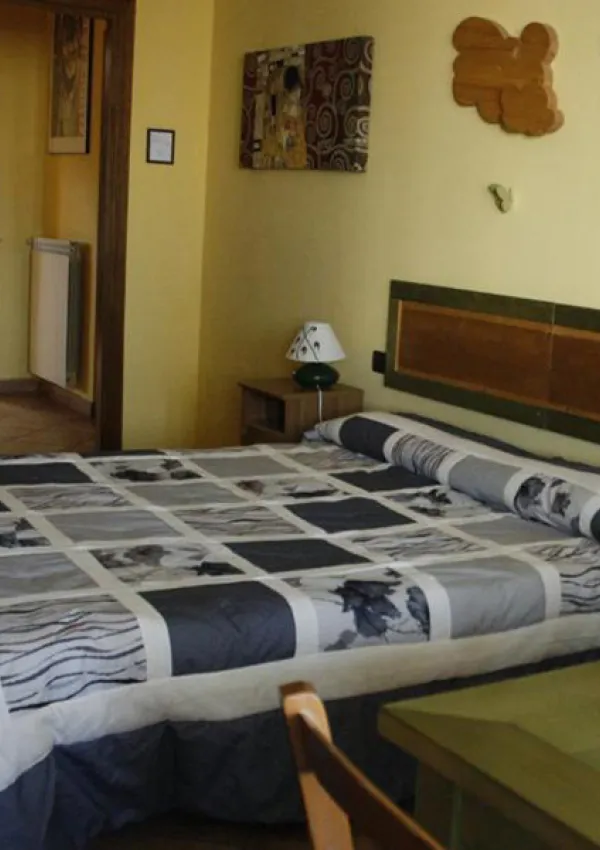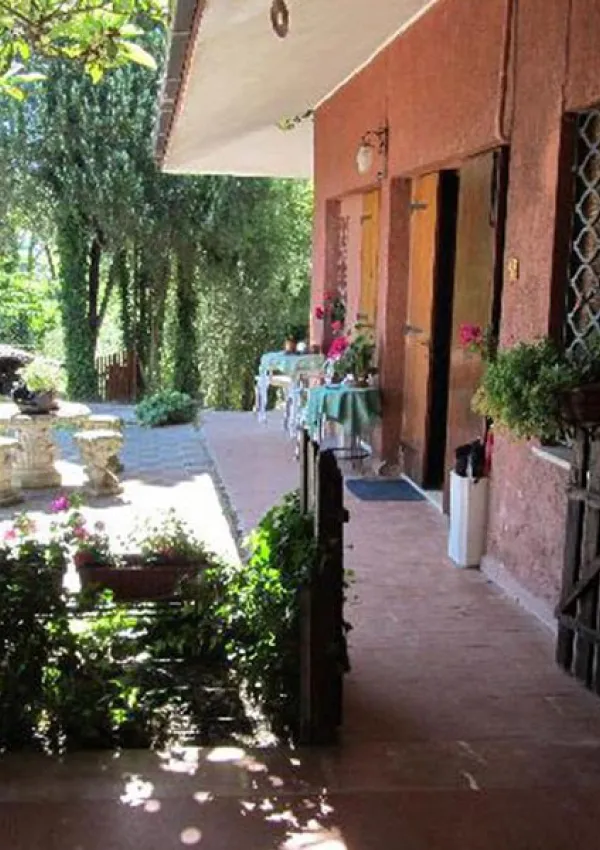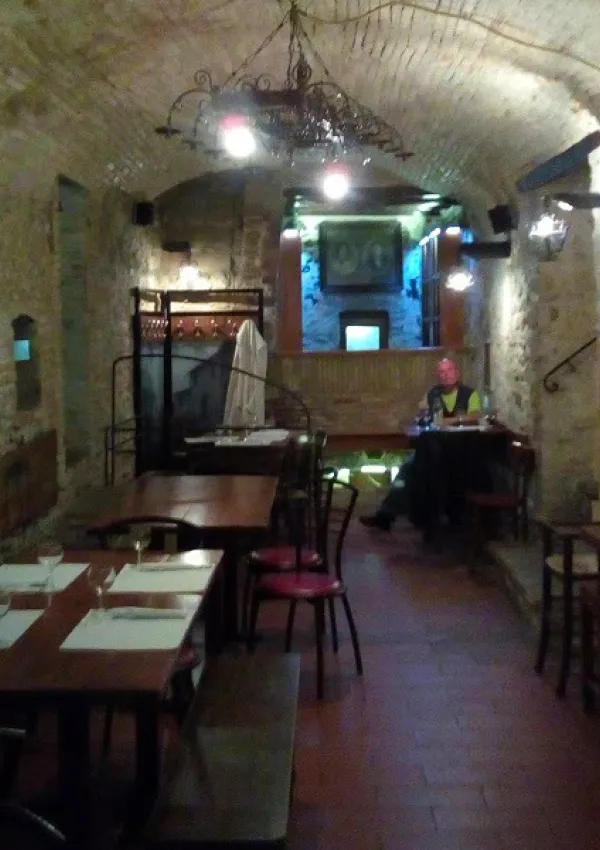Speco of St Francis
The complex, imbued with a profound sense of peace, includes the original Hermitage, founded by the Benedictines around the year 1000, the monastery built by St Bernardine of Siena in memory of the founder of the Franciscan Order, and the rooms dating back to the period when Francis lived on this site, built next to the grotto where the Saint used to retire to pray in solitude. This grotto has become sacred, so much so that it bears the name of the Sanctuary. Francis, accompanied by some of his friars, arrived at the Hermitage of Sant'Urbano in 1213. The small community began to gather to praise the Lord in the small Oratory of San Silvestro, built by the Benedictine monks in the 11th century.
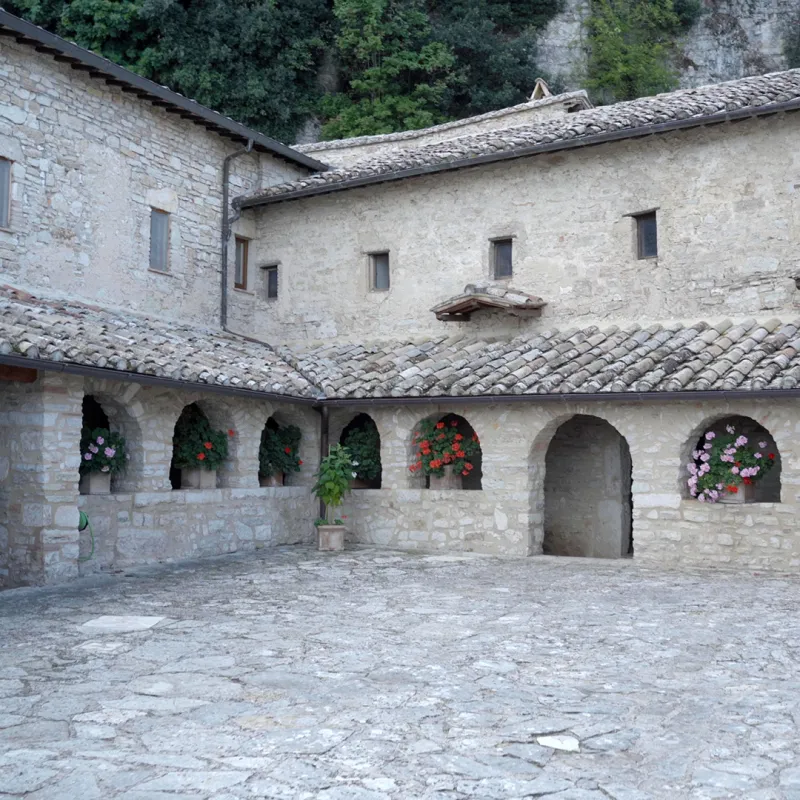
The apse of this small church, which was the main place of prayer of the Speco congregation until the second half of the 16th century, preserves a 14th-century fresco depicting the Crucifix with Mary and St. John the Evangelist on one side and St. Francis and St. Sylvester on the other.
The cistern behind the apse recalls the miracle performed by Francis during his stay. Thomas of Celano, in his "Treatise of Miracles", recounts that the Saint, who was ill, turned the water drawn from the cistern into wine with a blessing, and that he recovered in a short time after drinking it.
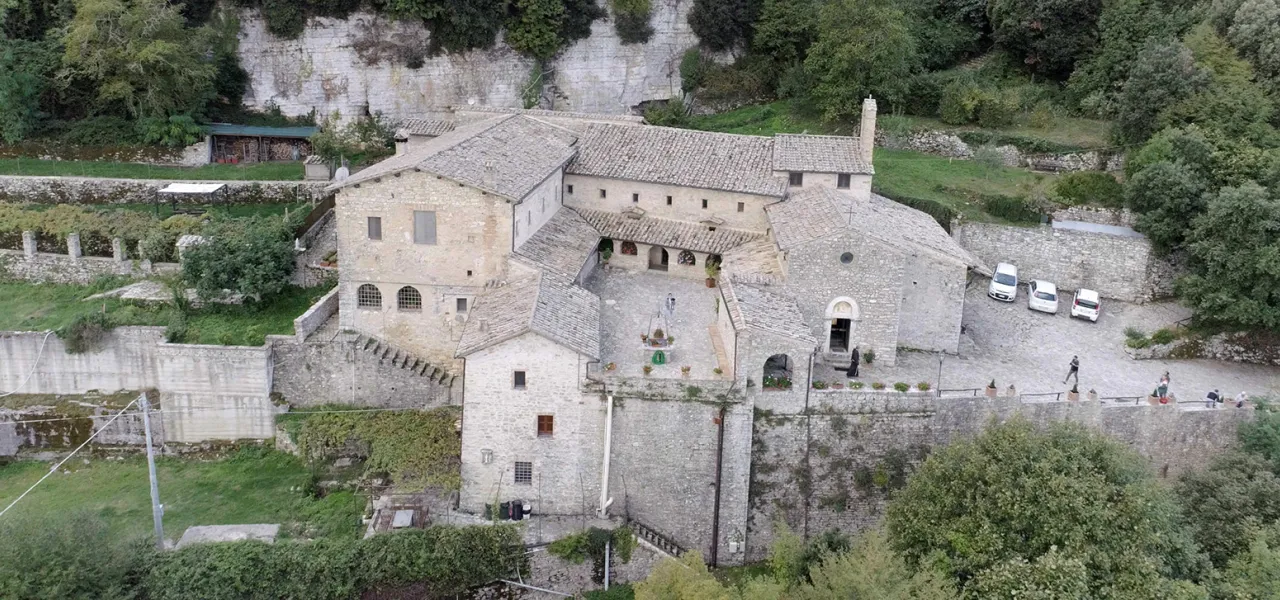
Nella parte più bassa del Santuario sorgono anche gli ambienti costruiti nel ‘400: di questo secolo è l’arioso chiostro, il semplice Refettorio con i tavoli originali e al piano superiore le austere celle del conventino che San Bernardino da Siena fondò per ospitare i novizi e in cui dimorò lo stesso predicatore francescano. La chiesetta che si incontra all’ingresso del complesso venne edificata alla fine del ‘500 contestualmente all’ampliamento del convento; in questo piccolo ambiente a volta spicca un Crocifisso ligneo del XVI secolo.
Salendo lungo un viale che si apre nel bosco di alberi secolari si giunge alla grotta di Francesco e all’oratorio a lui dedicato. Due affreschi sulle pareti di questa chiesetta raccontano il miracolo del vino. Nella cella accanto è ancora custodito il letto in cui riposò il Poverello nel periodo della sua malattia. Una notte per alleviare la sua sofferenza, un angelo apparve sulla roccia che si erge davanti alla cella e prese a suonare la cetra cosicché quella roccia è stata chiamata “colonna dell’Angelo”.
Ma a mantenere vivo il ricordo della presenza del Serafico forse è soprattutto il maestoso castagno che svetta sul prato antistante. La tradizione narra che iniziò a germogliare nel punto dove Francesco piantò il suo bastone prima di ripartire. Ogni anno offre i suoi frutti ai pellegrini che giungono al Santuario.


